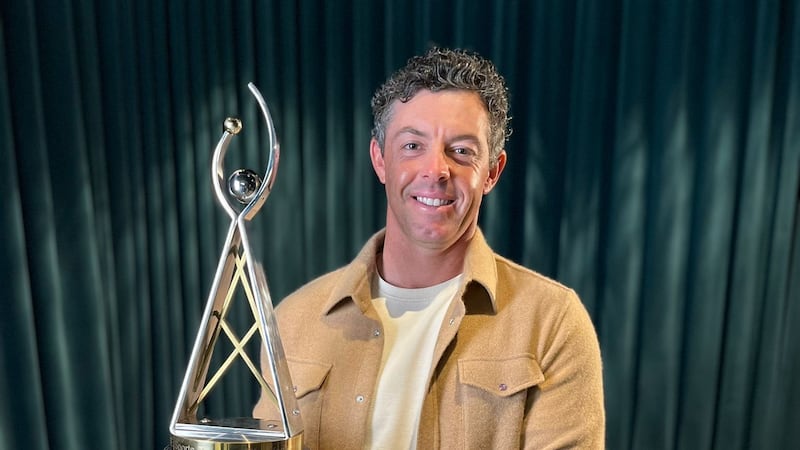On his way from the locker room, Shane Lowry – in utter frustration – slammed his hand down on the metal rail leading down the steps towards the players lounge. It had to hurt; but probably not as much as he was already hurting inside.
Just minutes earlier, a three-putt bogey on the 18th green had put a death knell on his dreams of surviving into the weekend here.
That three-putt on the finishing hole – in grand view of those gathered in the giant bleachers and those select few seated on deck chairs in the clubhouse veranda – had served to compound what had happened on the 16th hole, a par four of 532 yards.
On that monstrous hole, the 27-year-old Offalyman, seemingly on cruise control to that point, suffered a double-bogey six as his round imploded towards a second succesive 73 for 146, six-over par.
Hurt? Yes. Frustrated? Definitely. Having come in exuding confidence on the back of his runner-up finish in the BMW PGA Championship just over a fortnight ago, Lowry had come to the North Carolina sand hills with intent.
And, for much of the journey in this second round, that purpose was evident, especially after back-to-back birdies on the eighth and ninth propelled him into the homeward run with an upwardly mobile trajectory on the leaderboard.
It wasn’t about merely surviving the cut, it was about leapfrogging players ahead of him.
Further birdies
But there were to be no further birdies. “I felt I was playing well, I just made a few really, really, really bad errors,” confessed Lowry afterwards of how his mental game had let him down. The first bad move came on the 11th, where he hit his approach left of the green.
“Absolutely brain dead, there was the whole of America to the right, just stupidity really,” was his prognosis of that errant shot which led to a bogey.
There followed four straight pars, and the ship seemed well and truly steadied, until disaster struck on the 16th. His tee shot missed the fairway and found the waste area, where his ball nestled against a bush. He decided not to chip back to the fairway, but his recovery shot advanced the ball only a further 20 yards.
The next shot – overflying the green by 25 yards – compounded his error. “I felt like I got unlucky then. If it’s a yard left in the bunker it’s fine, I probably would have got up and down but it’s just sitting down in the scrub.”
‘A nightmare’
But it wasn’t. And he ran up the double-bogey at the worst possible time, with holes running out to make amends. “The double on 16 is a nightmare,” he would later remark.
Still, the chance to survive the cut was still very much in his own hands when he reached the 18th green in two, with 30 feet to the flag. Two putts for a par and he was definitely safe. Two putts. But the first ran five feet by the hole and the par putt clipped the hole. A three-putt bogey. The sort of thing that leaves the sourest taste in any player’s mouth.
Afterwards, he talked of needing a pick up ahead of another big week, at the Irish Open in Fota.
The flight home will be earlier than scheduled. A Saturday night departure instead of Sunday night. A missed cut to think about rather than the momentum driver of two more rounds in a Major.
“I’ll still go down (to Fota) on Monday evening. I’ve played plenty of practice rounds there, so still the same plan, it will just give me a couple of extra days at home, unfortunately. But, I mean, it’s just annoying. I feel like I’m playing okay, I think my mistakes today were just purely errors.”















